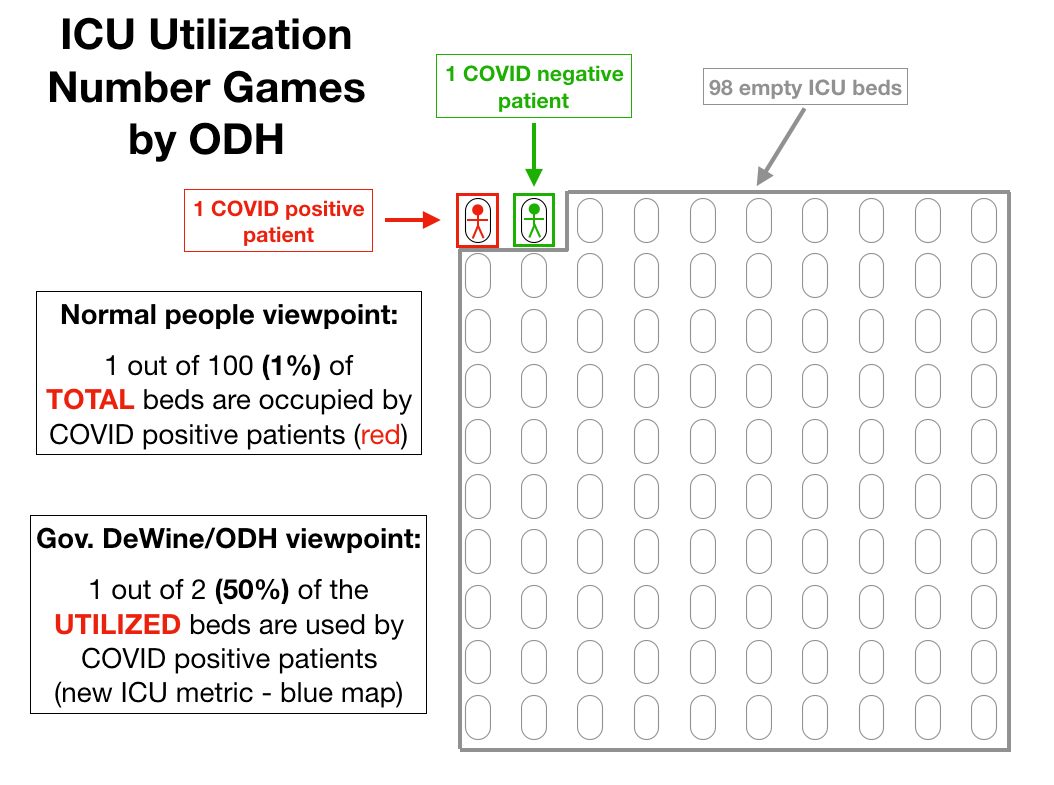Common Core math was the pinnacle of their evil genius, and low-point of our complacency... It disrupted the minds of an entire generation on how even the most basic things work.
Readin', Writin', & Rithmatic
How far did they get? Let's see.
1895 8th Grade Final Exam, Kansas:
More from Maths
Loops and their multiplication groups
A thread in 15 parts
(0/15)
Recall that a quasigroup (Q,*) is a set Q with a binary operation * such that for each a,b in Q, the equations a*x=b and y*a=b have unique solutions x,y. Groups are quasigroups and this property is usually one of the first things proved in elementary group theory.
(1/15)
Note that we don't assume associativity of *!
A loop is a quasigroup with an identity element. The story of why they are called loops is an interesting one and may even be true, but I will save it for another day. I am going to focus on loops in this thread.
(2/15)
Natural examples of nonassociative loops:
- The nonzero octonions under multiplication
- The sphere S^7 under octonion multiplication
- I have discussed other examples
For each x in a loop Q, define the left & right translations L_x, R_x : Q->Q by L_x(y)=xy and R_x(y)=yx. These mappings are permutations of Q. The composition L_x L_y of two left translations is not necessarily a left translation because Q is not necessarily associative.
(4/15)
A thread in 15 parts
(0/15)
Recall that a quasigroup (Q,*) is a set Q with a binary operation * such that for each a,b in Q, the equations a*x=b and y*a=b have unique solutions x,y. Groups are quasigroups and this property is usually one of the first things proved in elementary group theory.
(1/15)
Note that we don't assume associativity of *!
A loop is a quasigroup with an identity element. The story of why they are called loops is an interesting one and may even be true, but I will save it for another day. I am going to focus on loops in this thread.
(2/15)
Natural examples of nonassociative loops:
- The nonzero octonions under multiplication
- The sphere S^7 under octonion multiplication
- I have discussed other examples
Rethinking Vector Addition
— Michael Kinyon (@ProfKinyon) December 1, 2020
or
How I Learned to Stop Worrying and Love Nonassociativity
A thread in 29 tweets
(0/28)
For each x in a loop Q, define the left & right translations L_x, R_x : Q->Q by L_x(y)=xy and R_x(y)=yx. These mappings are permutations of Q. The composition L_x L_y of two left translations is not necessarily a left translation because Q is not necessarily associative.
(4/15)




















